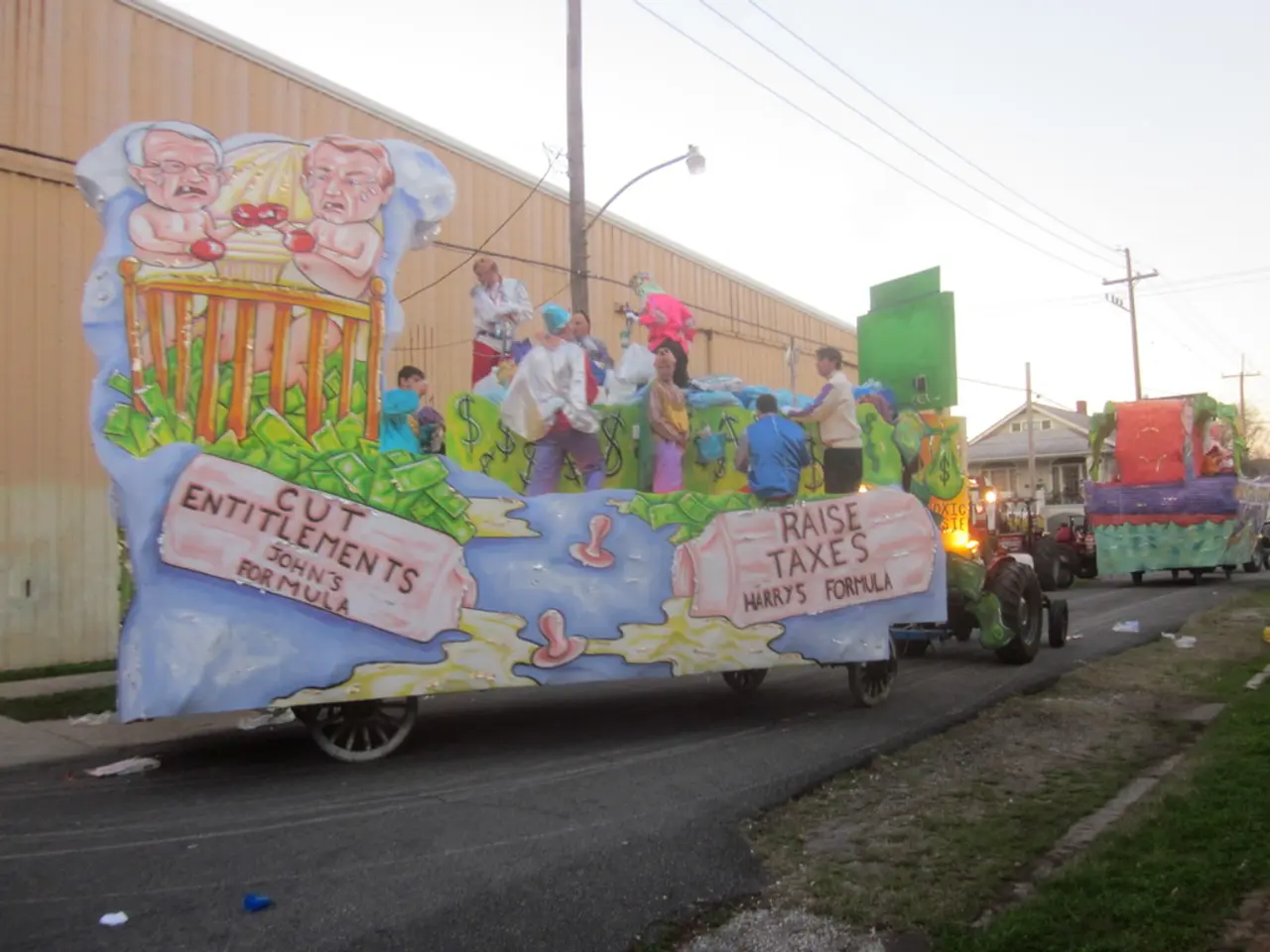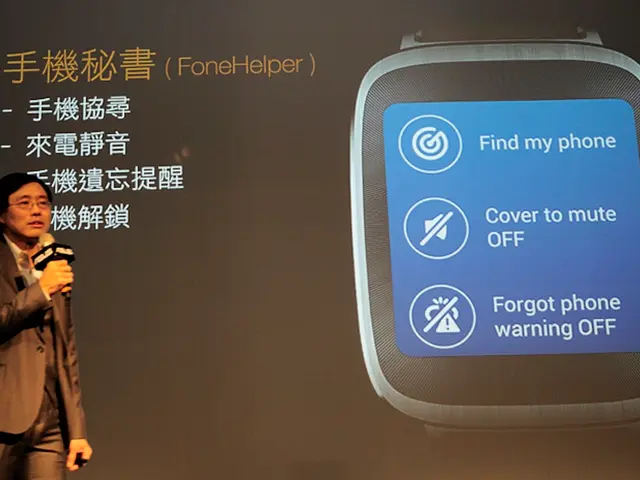Urban design and visual aesthetics, combined with eye-tracking devices and questionnaires, show initial promise as an efficient approach
In the realm of urban planning, understanding the public's preferences for potential development designs is crucial. A recent survey, employing both subjective qualitative analysis and quantitative evaluation of eye-tracking data, sheds light on this matter.
The survey results indicate that the inclusion of public spaces such as parks and plazas, greenery like trees and plants, bike lanes or bike-sharing stations, commercial establishments like shops and restaurants, and public transportation infrastructure can have a positive impact on the public's preference for urban development designs. On the other hand, images with cars and parking receive negative rankings.
The survey findings also suggest that buildings, while a key component of architectural design, had mixed results in the public's preference. However, the incorporation of sustainable design elements, such as solar panels and green roofs, can have a positive impact. Moreover, the inclusion of public art or cultural elements in urban designs may positively impact public opinion. Pedestrian features, such as benches and crosswalks, continue to receive high rankings.
The survey administered uses eye-tracking technology to quantitatively evaluate how individuals process and rank images in public settings for urban planning. This approach allows researchers to empirically quantify which urban design features attract and hold visual attention, providing objective data on what elements impact pedestrian comfort and interest.
The analysis of the survey confirms that images containing people, pedestrian features, and greenery receive higher rankings. This suggests that urban planners and designers should focus on designs that prioritize pedestrian and cyclist infrastructure over car-centric designs. The survey also reveals that transportation planners may find value in focusing on designs that incorporate public transportation infrastructure.
The analysis demonstrates the efficacy of visual preference surveys in urban planning. By combining these surveys with eye-tracking technology and qualitative analysis, urban planners can gain a deeper understanding of how people perceive and emotionally respond to streetscapes. This, in turn, can help design environments that encourage walking and reduce motor vehicle traffic.
Recent research underscores the need for methodological rigor in how street environments are represented in surveys. Studies recommend detailed protocols on image content, perspectives, and lighting to ensure participants have adequate information to make confident judgments. Including open-ended qualitative feedback improves data richness and interpretation.
Incorporating emotional and psychological insights into the analysis is also crucial. Research suggests that visual perceptions strongly influence pedestrian behavior and attitudes toward density and traffic. Effective urban planning needs to consider these factors, not just functional aspects, to successfully encourage pedestrian activity.
In conclusion, the combination of visual preference surveys, eye-tracking technology, and qualitative analysis provides a comprehensive method to shape public opinion on urban design, optimize streetscapes to favor pedestrians, and contribute to traffic reduction. Enhancing methodological rigor and incorporating emotional and psychological insights remain critical for maximizing their practical effectiveness.
[1] "Visual Preference Surveys in Urban Planning: A Review of Methodological Approaches and Research Directions" - Journal of Urban Design [2] "Psychological Factors in Urban Design: The Role of Emotions and Perceptions in Shaping Pedestrian Behavior" - Environment and Behavior [3] "Greenery and Human-Scale Pedestrian Features: Their Impact on Visual Preference and Walkability" - Landscape and Urban Planning [4] "The Role of Eye-Tracking in Visual Preference Surveys for Urban Planning" - Journal of Environmental Psychology [5] "Designing for Walkability: The Role of Visual Perceptions in Encouraging Pedestrian Activity" - Cities
- The survey findings emphasize the importance of incorporating health-and-wellness factors, such as greenery and pedestrian features, into urban development designs, as these elements receive higher rankings and have a positive impact on pedestrian comfort and interest.
- In the realm of urban planning, it's essential to recognize the influence of science, particularly in the fields of psychology and environmental behavior, as understanding the emotional and psychological insights of pedestrians can help optimize streetscapes for fitness-and-exercise, encourage walking, and reduce motor vehicle traffic.




